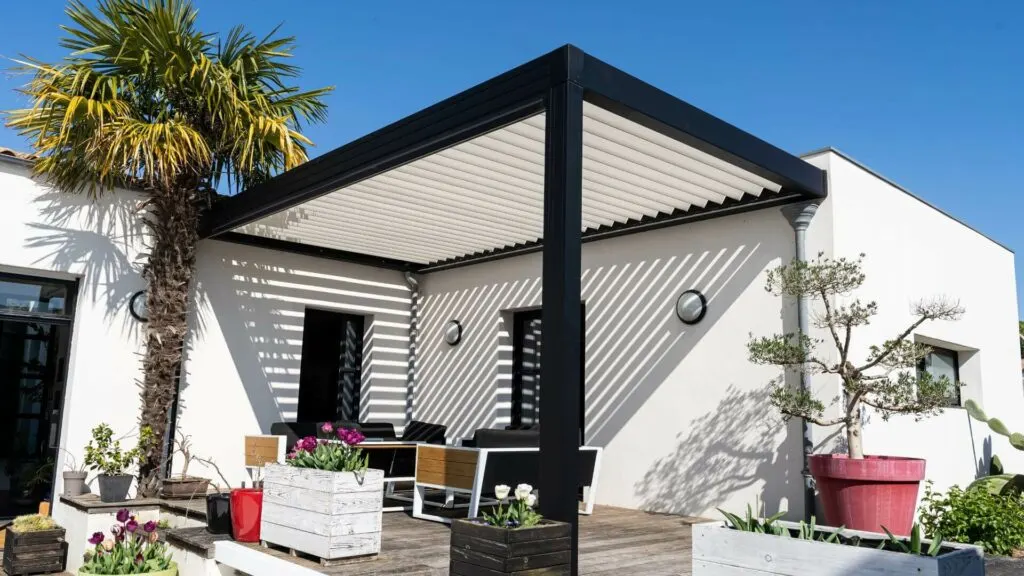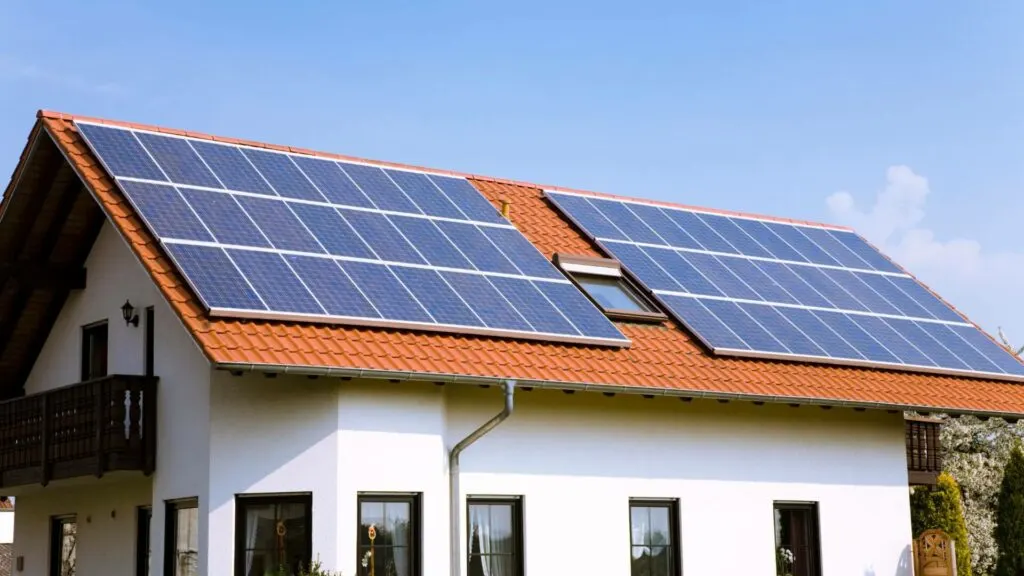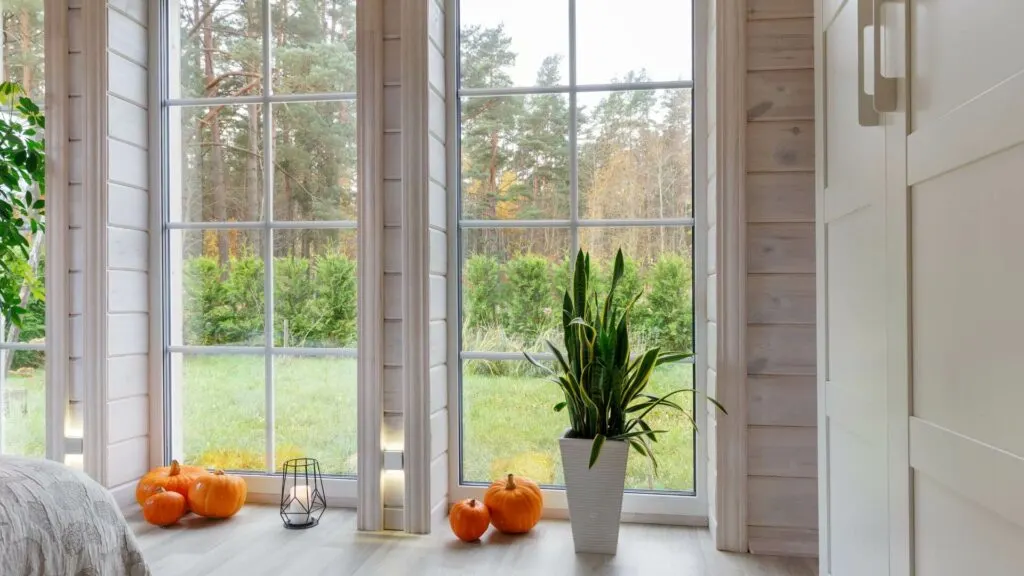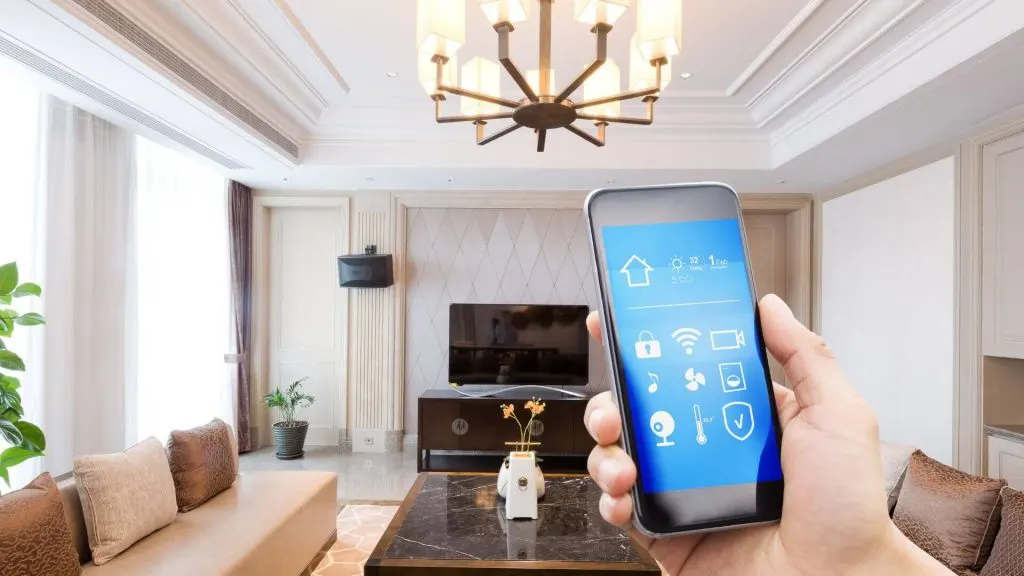Embracing an eco-friendly lifestyle doesn’t just help the environment; it can also lead to significant cost savings and a healthier home. By making mindful choices in our daily lives, we can create a more sustainable living space. From energy-efficient appliances to green building materials, there are many ways to reduce your carbon footprint. This guide will explore ten practical and impactful eco-friendly home upgrades. These suggestions will help you make your home more sustainable, contributing to a healthier planet and a more efficient household.

1. Energy-Efficient Appliances
Swapping out old, energy-hungry appliances for modern, energy-efficient models is a straightforward and impactful upgrade. Look for the ENERGY STAR label, which indicates that the appliance meets strict energy efficiency guidelines set by the U.S. Environmental Protection Agency. Energy-efficient refrigerators, dishwashers, and washing machines consume less electricity and water, reducing your utility bills and environmental impact. Additionally, consider using smart appliances that can be programmed to operate during off-peak hours, further saving energy and money. These upgrades not only enhance the eco-friendliness of your home but also improve its overall functionality and convenience.
2. Water-Saving Fixtures
Installing water-saving fixtures in your home is a simple yet effective way to conserve water. High-efficiency showerheads, faucets, and toilets use significantly less water than their traditional counterparts. During your bathroom remodeling project, opt for fixtures that reduce water usage without compromising performance. For instance, dual-flush toilets allow you to choose between a low and a high flush, depending on the waste, saving gallons of water each day. Similarly, aerated faucets mix air with water, maintaining pressure while using less water. These upgrades contribute to a sustainable lifestyle and can lead to substantial savings on your water bills.
3. Solar Panels and Renewable Energy
Harnessing the power of the sun by installing solar panels is one of the most effective ways to make your home more eco-friendly. Solar energy is a renewable, clean power source that can significantly reduce your reliance on fossil fuels. Installing solar panels might require an upfront investment, but the long-term benefits include lower electricity bills and potential tax incentives. Many regions offer rebates and incentives for homeowners who switch to solar energy, making it a more affordable option. Additionally, you can install solar water heaters to reduce the energy consumption of your hot water system, further enhancing your home’s sustainability.

4. Insulation and Sealing
Proper insulation and sealing are crucial for maintaining an energy-efficient home. By preventing heat loss in the winter and keeping your home cool in the summer, good insulation reduces the need for heating and cooling, leading to lower energy bills and a smaller carbon footprint. Use eco-friendly insulation materials such as cellulose, which is made from recycled paper, or wool, a natural and renewable resource. Additionally, sealing gaps around windows and doors with weatherstripping or caulk can prevent drafts and improve your home’s overall energy efficiency. These upgrades not only make your home more comfortable but also contribute to a sustainable living environment.
5. Sustainable Building Materials
When planning renovations or upgrades, choose sustainable building materials to minimize environmental impact. Materials like bamboo, reclaimed wood, and recycled metal are excellent choices. Bamboo grows rapidly and requires fewer resources to produce than traditional hardwoods. Reclaimed wood adds character and charm to your home while reducing the demand for new timber. Recycled metal can be used in various applications, from roofing to structural elements, offering durability and sustainability. These materials often come with unique aesthetic benefits, providing a stylish yet eco-friendly touch to your home. Incorporating sustainable materials into your home projects is a significant step towards a greener lifestyle.
6. Green Roofing Solutions
Green roofing solutions offer multiple benefits, both for the environment and your home. Installing a green roof, which is partially or completely covered with vegetation, helps insulate your home, reducing heating and cooling costs. Green roofs also absorb rainwater, reducing runoff and lowering the risk of flooding. Additionally, they improve air quality by filtering pollutants and increasing oxygen production. If a green roof isn’t feasible, consider cool roofing materials that reflect more sunlight and absorb less heat. These options reduce the heat island effect in urban areas and decrease the energy needed for air conditioning. Green roofing solutions are an excellent investment for an eco-friendly home.

7. Energy-Efficient Windows
Upgrading to energy-efficient windows is another effective way to enhance your home’s sustainability. Double or triple-glazed windows provide better insulation compared to single-pane windows, reducing heat loss in winter and keeping your home cooler in summer. Look for windows with low-emissivity (low-E) coatings that reflect infrared light, keeping heat inside in the winter and outside in the summer. Additionally, energy-efficient windows reduce noise pollution and increase your home’s overall comfort. While the initial investment may be higher, the long-term savings on energy bills and the added value to your home make it a worthwhile upgrade.
8. Smart Home Technology
Incorporating smart home technology can significantly boost your home’s eco-friendliness. Smart thermostats, for instance, learn your schedule and adjust the temperature accordingly, optimizing energy usage. Smart lighting systems allow you to control lights remotely and set schedules, ensuring lights are only on when needed. These systems can be integrated with other smart home devices, such as smart plugs and appliances, to further enhance energy efficiency. Additionally, smart home technology can monitor water usage and detect leaks, helping to conserve water. These advancements not only make your home more sustainable but also offer convenience and potential cost savings.

9. Eco-Friendly Landscaping
Eco-friendly landscaping, or xeriscaping, involves designing your garden to reduce water usage and minimize environmental impact. Choose native plants that are adapted to your local climate and require less water and maintenance. Incorporate drought-resistant plants and ground covers to reduce the need for watering. Use organic mulches to retain soil moisture and suppress weeds, reducing the need for chemical herbicides. Additionally, installing a rainwater harvesting system can provide a sustainable water source for your garden. By creating a sustainable landscape, you contribute to environmental conservation while enjoying a beautiful, low-maintenance garden.
10. Indoor Air Quality Improvements
Improving indoor air quality is essential for a healthy and sustainable home. Use natural, non-toxic cleaning products to reduce indoor pollutants and improve air quality. Install air purifiers to remove allergens, dust, and other airborne contaminants. Ensure proper ventilation by using exhaust fans in kitchens and bathrooms and opening windows when weather permits. Additionally, incorporating houseplants can help purify the air and add a touch of nature to your home. Plants like spider plants, peace lilies, and snake plants are known for their air-purifying qualities. These improvements contribute to a healthier living environment and enhance overall well-being.

Eco-Friendly Home Upgrades: 10 Ways to Go Green
Transitioning to a more eco-friendly home doesn’t require drastic changes; even small upgrades can make a significant impact. By choosing energy-efficient appliances, water-saving fixtures, and sustainable building materials, you can reduce your environmental footprint and create a healthier living space. Incorporating smart home technology and eco-friendly landscaping further enhances sustainability. Each step you take towards a greener home contributes to a better future for our planet and generations to come. Start with one or two upgrades and gradually implement more over time. Your commitment to sustainable living will pay off in numerous ways, from lower utility bills to a greater sense of environmental responsibility.

Jessi is the creative mind behind The Coffee Mom, a popular blog that combines parenting advice, travel tips, and a love for all things Disney. As a trusted Disney influencer and passionate storyteller, Jessi’s authentic insights and relatable content resonate with readers worldwide.
